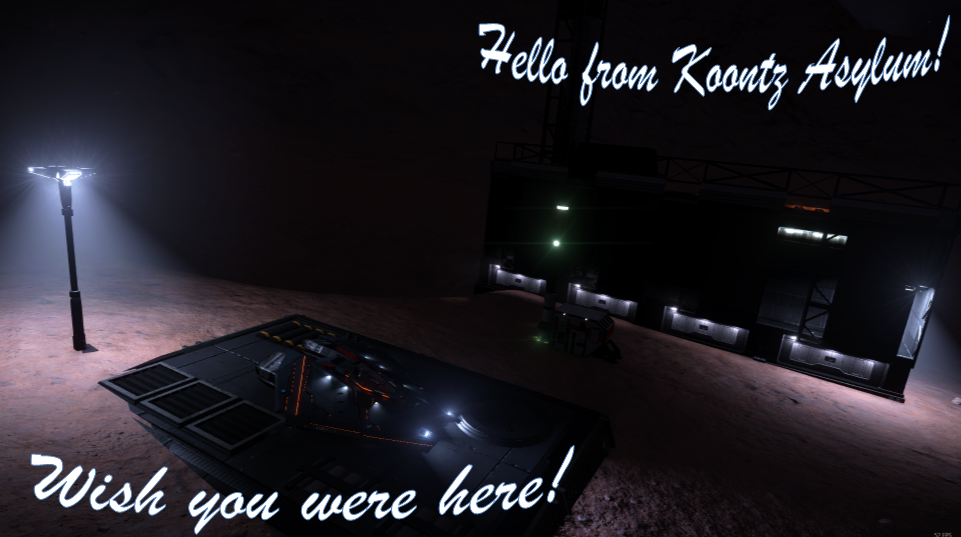Astirian - That is Phi Cassiopeiae, but it's actually below the R-R line in that picture. Here is a view looking at the x-y axis with the z axis coming out of the screen heading to Sag A*. In this view the magenta system by the EAFOTS cluster is 6 Cass and Phi is below the it. I put a version of the 3-d model on-line. It works like the Galaxy map. You can pan, rotate, and zoom around the systems. Clicking a system and clicking the properties tab will tell you the name of the system. The link is:
http://a360.co/2eDScmx
http://i.imgur.com/uElDgGM.png
Oh my...
It appears 6 Cassiopeiae is an Alpha Cygni variable. Which I have just learned means 'that some portions of the stellar surface are contracting at the same time others parts expand'. If a star had a heartbeat, this would be it.
They are named after Alpha Cygni (Deneb), the 'head' of the Northern Cross. Reminds me of John the Baptist and Medusa...
Let's cut off the head then.
If you draw a line from Sadr (the HEART of Cygni, as opposed to Schedar, Cassiopeiae's HEART), through Deneb; it cuts right through the middle of Cassiopeia, Camelopardalis and Perseus! (I'll upload a pick when I get home)
Mildly related perhaps (via Monsieur Perseus); 'Names similar to Deneb were given to at least seven different stars, most notably Deneb Kaitos, the brightest star in the constellation of Cetus'.
Bonus, 'All these stars are referring to the tail of the animals that their respective constellations represent.' which is just simply terrific given the amount of tail chasing we're doing. It's like they
know.
---
Update...
Bit of a stretch maybe, there are 18 Alpha Cygni variable stars listed on the Wikipedia page. Out of those 18 we have:
CS Cam
CE Cam
κ Cas
ν Cep (Cepheus)
6 Cas
9 Per (Perseus)
I think I'm actually turning into tinfoil.
CMDR. Astirian
Naval Intelligence, Imperial Grey Wolves

